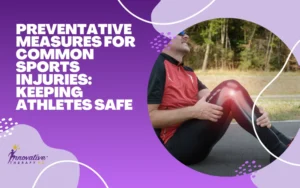Battling with chronic back pain caused by core weakness and inactivity can be a frustrating and debilitating experience.
However, the solution may lie in strengthening exercises and physical therapy.
Many individuals suffer from back pain due to a lack of strength and stability in their core muscles, leading to poor posture and increased pressure on the spine.
In this informative blog post, we will delve into the importance of strengthening the core muscles to address and relieve back pain and how physical therapy can play a crucial role in improving overall strength and functionality.
We will explore the most effective exercises and techniques recommended by top physical therapists, as well as the potential dangers of neglecting to address core weakness and inactivity in relation to back pain.
Key Takeaways:
- Core strength is crucial: Developing a solid core through physical therapy can help relieve back pain caused by weakness and inactivity.
- Customized treatment plans: Physical therapists will create individualized plans to address each patient’s specific needs and goals.
- Correcting posture and alignment: Physical therapy can help correct poor posture and alignment, reducing strain on the back and relieving pain.
- Improving overall fitness: In addition to targeting core weakness, physical therapy can improve overall strength and fitness to support the back and prevent future pain.
- Long-term benefits: By addressing the root cause of back pain, physical therapy can provide long-term relief and promote a healthier, more active lifestyle.
The Anatomy of Back Pain
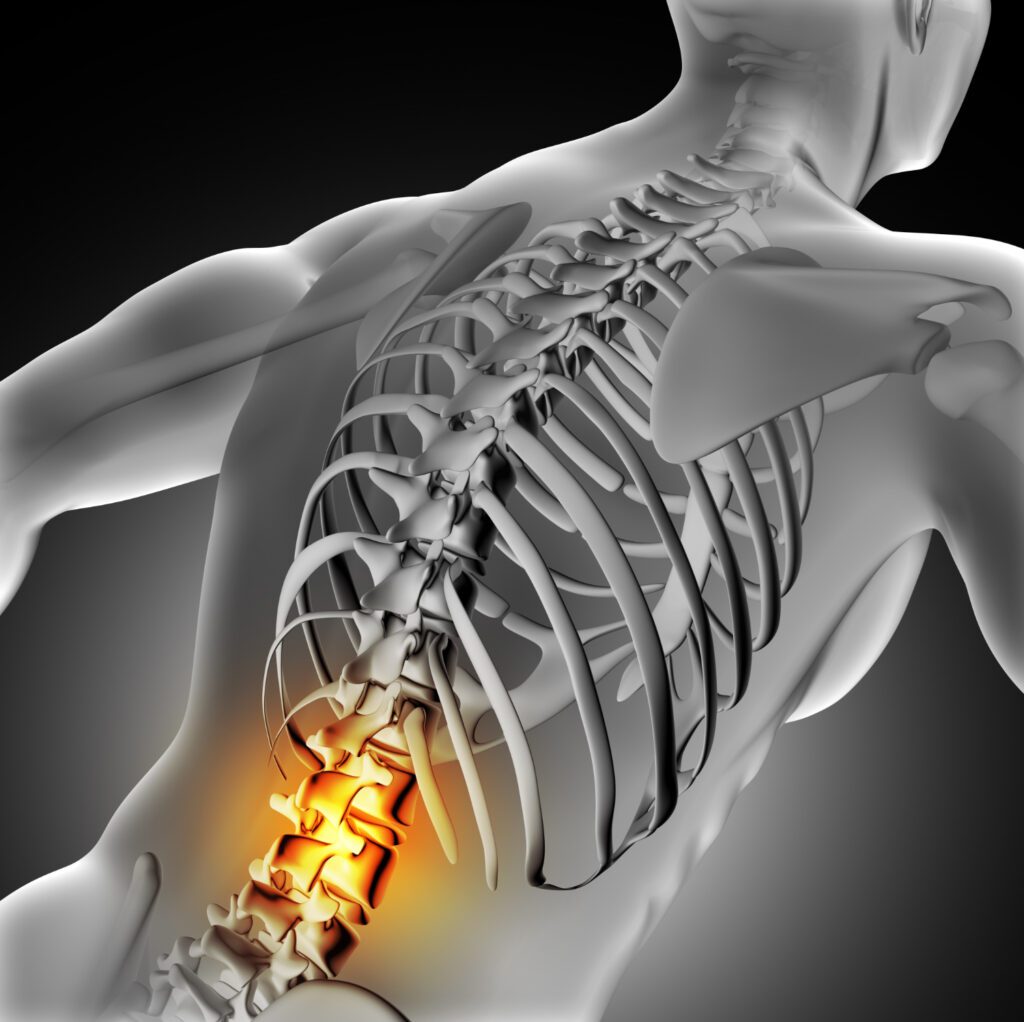
Any discomfort in the back can be attributed to various factors.
However, one of the primary causes is a weak or inactive core.
The core muscles play a crucial role in supporting the spine and maintaining proper posture, and when they are neglected, it can lead to back pain.
Understanding the anatomy of back pain can help individuals take proactive steps toward relief and prevention.
Core Muscle Groups and Their Functions
Back pain stemming from core weakness can be attributed to the neglect of several muscle groups, including the transversus abdominis, multifidus, obliques, and erector spinae.
These muscles play a critical role in stabilizing the spine, providing support for the back, and facilitating proper movement.
When these muscle groups are weakened, individuals are more susceptible to experiencing pain and discomfort in their backs.
How Weakness and Inactivity Contribute to Pain
Muscle weakness and inactivity are major contributors to back pain, as they lead to poor posture and spinal instability.
When the core muscle groups are not actively engaged through exercise and physical activity, they become deconditioned, leading to decreased support for the spine and increased stress on the back.
This can result in musculoskeletal imbalances and compromised spinal alignment, ultimately leading to discomfort and pain.
Groups neglecting core muscle groups, a sedentary lifestyle, and poor posture are common factors that contribute to weakness and inactivity in the core.
By addressing these factors through targeted physical therapy and exercise, individuals can effectively strengthen their core muscles and alleviate back pain.
Principles of Physical Therapy for Back Pain
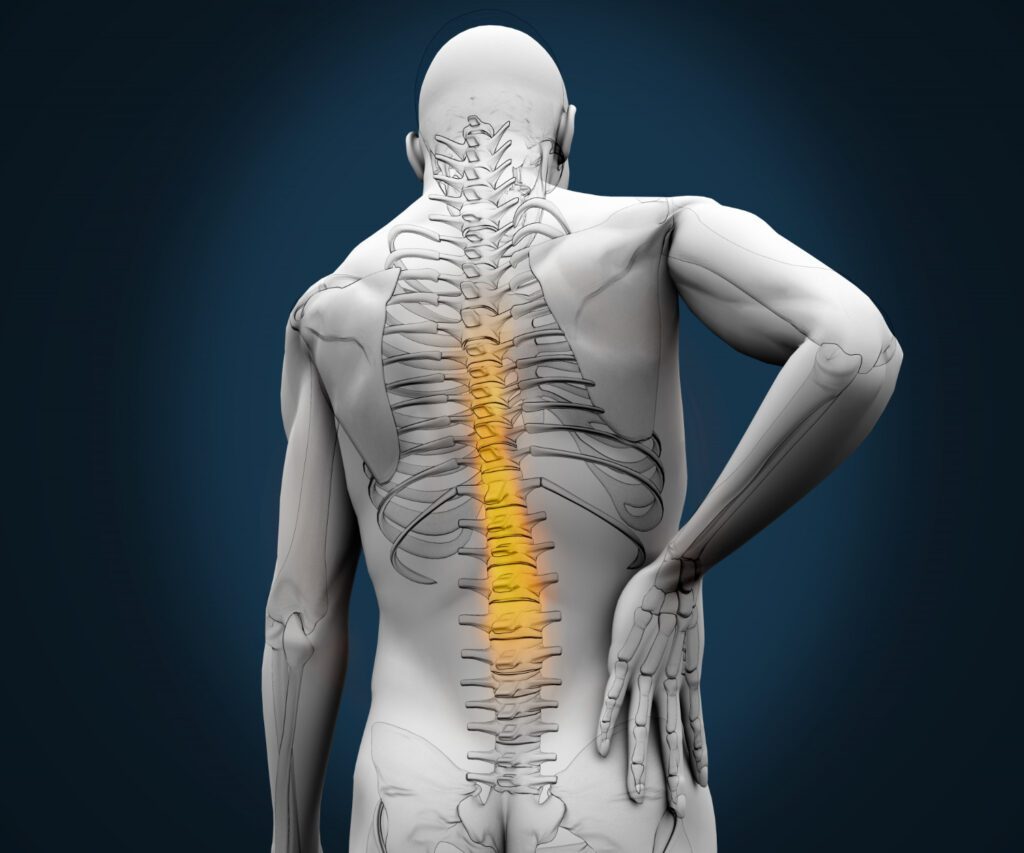
Some of the fundamental principles of physical therapy for back pain involve addressing the underlying causes of the pain, strengthening the core muscles, and promoting overall movement and flexibility.
Assessment and Customized Treatment Plans
Pain in the back can stem from a variety of factors, including poor posture, weak core muscles, and lack of physical activity.
When developing treatment plans for individuals with back pain, physical therapists conduct a thorough assessment to identify the specific areas of weakness or imbalance.
Customized treatment plans are then created to address the individual’s unique needs and goals, incorporating a combination of strengthening exercises, stretching, and manual therapy techniques.
Active vs. Passive Therapies
On the journey to relieve back pain, physical therapy may involve a combination of active and passive therapies.
Active therapies consist of exercises and techniques that require the individual to actively participate in their rehabilitation, such as core strengthening exercises and mobility drills.
Passive therapies, on the other hand, include treatments like manual therapy, massage, and electrical stimulation, where the individual is more tolerant in the treatment process.
Core Strengthening Techniques
Not all back pain is the result of injury or disease. In many cases, it can be attributed to poor core strength and inactivity.
By incorporating core strengthening techniques into your routine, you can relieve back pain and improve overall spinal health.
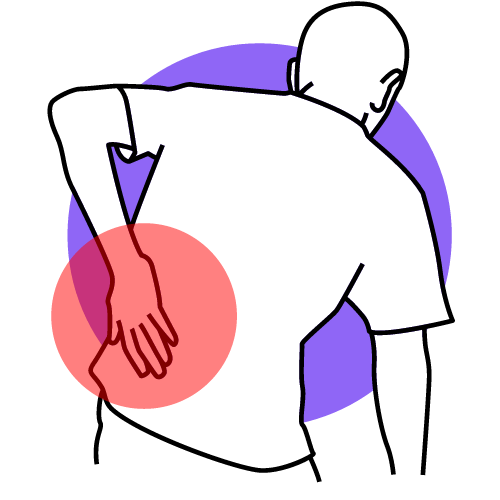
Beginner Exercises for Building Core Strength
Building core strength is essential for relieving back pain.
For beginners, it’s important to start with exercises that focus on building a solid foundation.
This can include exercises such as planks, bird dogs, and pelvic tilts.
These exercises target the abdominal muscles, lower back, and hips, helping to improve stability and support for the spine.
Advanced Exercises for Maintaining Core Stability
Exercises for maintaining core stability are crucial for long-term back pain relief.
Advanced core strengthening exercises go beyond the basics and challenge the body to improve overall strength and endurance.
This can include exercises such as Russian twists, mountain climbers, and Superman holds.
These exercises not only target the core muscles but also engage the entire body, leading to improved posture and reduced risk of injury.
| Exercise | Description |
|---|---|
| Russian Twists | Rotate your torso from side to side while holding a weight, engaging the obliques and lower back. |
| Mountain Climbers | Bring your knees to your chest in a running motion from a high plank position, engaging the entire core. |
| Superman Holds | Lie on your stomach and lifts your arms and legs off the ground, engaging the back and glutes for stability. |
Any back pain sufferer can benefit from incorporating these advanced core strengthening exercises into their routine.
By challenging the body with these dynamic movements, individuals can improve overall spinal health and reduce the risk of future back pain.
It’s important to gradually progress to these exercises and ensure proper form to avoid injury.
Read more: Most Effective Sciatica & Lower Back Pain Exercises
Strategies to Promote an Active Lifestyle
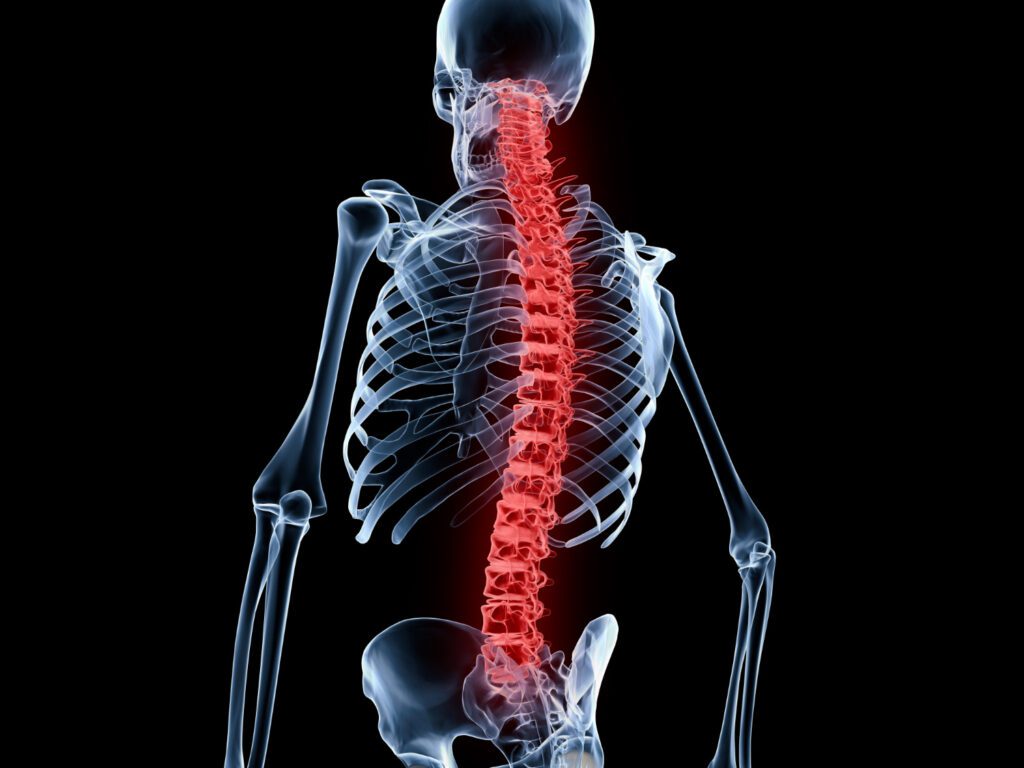
For individuals looking to alleviate back pain caused by core weakness and inactivity, incorporating movement into their daily routine and overcoming barriers to regular physical activity can significantly improve their condition.
By implementing these strategies, individuals can strengthen their core muscles and reduce the risk of future back pain.
Incorporating Movement into Daily Routine
Into your daily routine does not have to be a daunting task.
Simple activities such as taking the stairs instead of the elevator, walking or cycling to work, or scheduling regular breaks for stretching and light exercise can make a significant impact on your level of physical activity.
Additionally, incorporating activities such as yoga or Pilates into your weekly schedule can aid in strengthening your core muscles, ultimately relieving back pain.
Overcoming Barriers to Regular Physical Activity
Daily life can present numerous barriers to regular physical activity, from hectic schedules to lack of motivation.
It is essential to identify and address these barriers in order to maintain a consistent level of activity.
Movement in natural environments, such as walking or hiking in local parks, can help alleviate stress and promote positive mental well-being.
Additionally, joining group fitness classes or enlisting the help of a workout partner can provide the necessary accountability and support to overcome any hurdles in maintaining a regular exercise routine.
Movement is critical in building a resilient and healthy body.
By incorporating activities into your daily routine and finding ways to overcome barriers to physical activity, individuals can experience the positive effects of improved core strength and reduced back pain.
It is essential to prioritize physical activity and make it a consistent part of your daily life in order to achieve long-term relief and wellness.

Strengthening to Relieve – Using Physical Therapy to Address Back Pain from Core Weakness and Inactivity
To wrap up, physical therapy can be a crucial and effective tool in addressing back pain caused by core weakness and inactivity.
By focusing on strengthening the core muscles and promoting increased activity, physical therapy can not only alleviate current pain but also prevent future issues.
It is essential for individuals experiencing back pain to seek out the guidance of a skilled physical therapist who can tailor a treatment plan to address their specific needs.
With a commitment to regular therapy sessions and a dedication to maintaining a solid and active core, individuals can experience relief from back pain and improve their overall quality of life.
FAQ About Using Physical Therapy to Address Back Pain
What is core weakness, and how does it contribute to back pain?
Core weakness refers to the lack of strength and stability in the muscles of the abdomen, pelvis, and lower back. When these muscles are weak, the spine is not adequately supported, leading to increased stress on the back and potential pain and injury.
How can physical therapy help in relieving back pain caused by core weakness?
Physical therapy can help address back pain by focusing on strengthening the core muscles through targeted exercises and movements. This helps to provide better support for the spine and reduce the strain on the back.
What are some joint exercises used in physical therapy to strengthen the core and relieve back pain?
Common exercises may include planks, bridges, pelvic tilts, and various forms of abdominal strengthening exercises. These exercises help to build strength and stability in the core muscles, ultimately reducing back pain.
How often should one engage in physical therapy exercises to see improvements in back pain?
The frequency of physical therapy exercises may vary depending on individual needs and the severity of the back pain. Typically, a physical therapist will recommend a regular schedule of exercises and may adjust the frequency based on progress.
Are there any lifestyle changes that can complement the effects of physical therapy in relieving back pain?
Yes, maintaining an active lifestyle, practicing good posture, and engaging in activities that promote overall strength and flexibility can enhance the benefits of physical therapy in relieving back pain caused by core weakness.
Can physical therapy also address back pain resulting from inactivity?
Yes, physical therapy can help address back pain resulting from inactivity by gradually reintroducing movement and exercise to the body. This helps to strengthen muscles and reduce the risk of pain and injury due to prolonged periods of inactivity.
Is physical therapy a long-term solution for relieving back pain caused by core weakness and inactivity?
Physical therapy can provide long-term relief by promoting lasting changes in strength, posture, and movement patterns. However, it is important to continue practicing the exercises and maintaining a healthy lifestyle to sustain the benefits over time.






